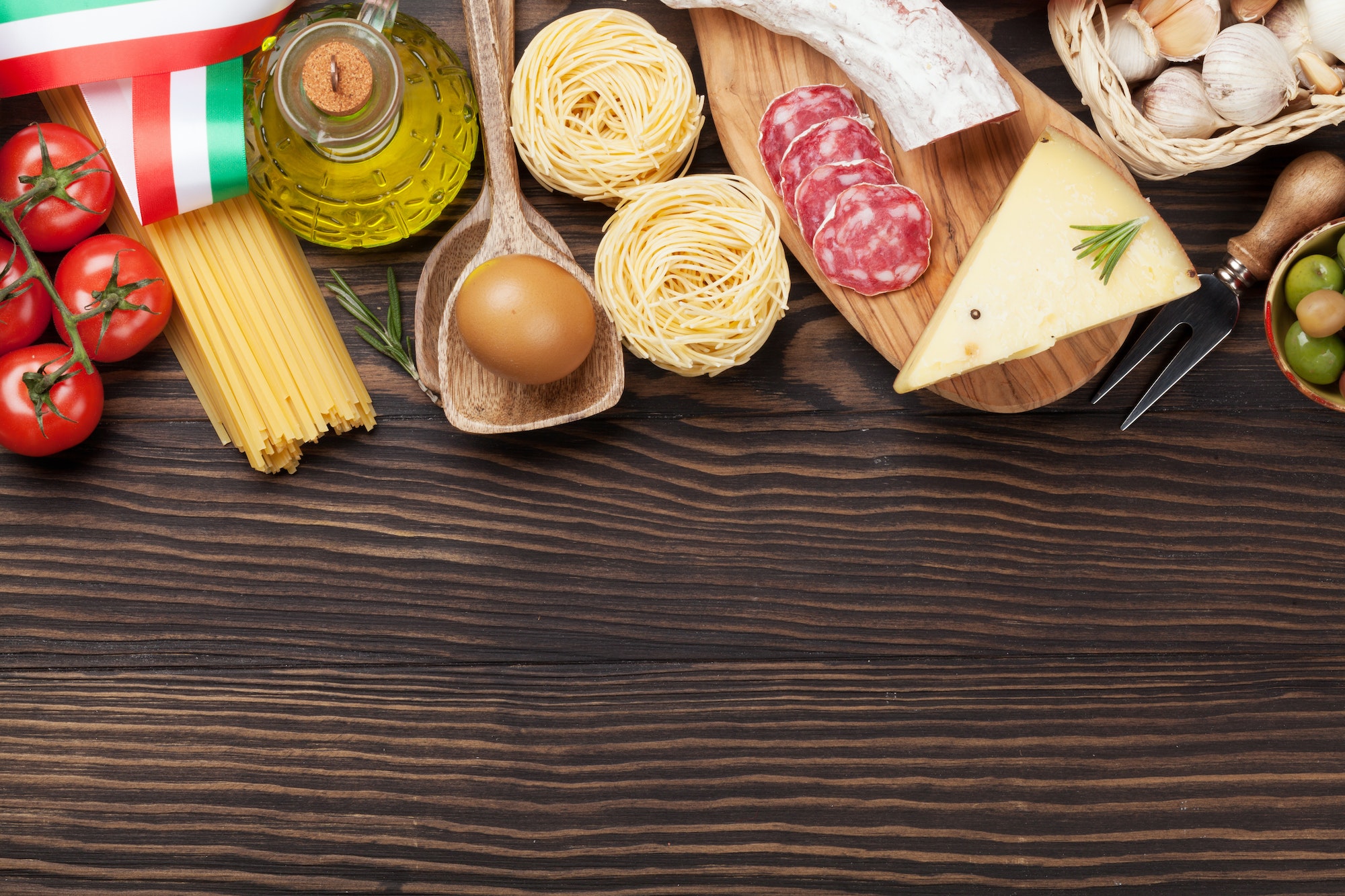Regional Italian Cuisine: Exploring Italy’s Culinary Traditions


Italian cuisine is beloved all over the world, but did you know that Italy’s culinary traditions vary greatly from region to region? Each region has its own unique ingredients, techniques, and flavors that reflect its cultural history and geography. In this guide, we’ll explore regional Italian cuisine and discover the diverse culinary traditions of Italy.

Northern Italy
Northern Italian cuisine is known for its rich, hearty dishes that are perfect for colder climates. Some of the most popular dishes include risotto, polenta, and hearty stews. Ingredients such as butter, cream, and cheese are used liberally in northern Italian cuisine. Some of the most famous dishes from this region include risotto alla Milanese, polenta with sausage and mushrooms, and ossobuco alla Milanese.
Central Italy
Central Italian cuisine is known for its simplicity and use of fresh, seasonal ingredients. Some of the most popular dishes include pasta dishes with tomato sauce, grilled meats, and seafood. Olive oil is the primary cooking fat used in this region. Some of the most famous dishes from this region include spaghetti carbonara, amatriciana, and cacio e pepe.
Southern Italy
Southern Italian cuisine is known for its bold, spicy flavors and use of fresh herbs and vegetables. Tomatoes, eggplant, and peppers are commonly used in southern Italian cuisine. Seafood is also a prominent feature of the cuisine in this region. Some of the most famous dishes from this region include pizza Margherita, spaghetti alle vongole, and caponata.
Sicily
Sicilian cuisine is a unique blend of Italian, Arab, and Greek influences. It’s known for its bold flavors, use of spices, and incorporation of fruits and nuts into savory dishes. Some of the most famous dishes from this region include pasta alla Norma, arancini, and cannoli.

Sardinia
Sardinian cuisine is heavily influenced by its geography, with seafood and game meats being prominent features of the cuisine. The island’s mountainous terrain and wild vegetation also play a role in the dishes that are prepared. Some of the most famous dishes from this region include pane carasau, malloreddus, and seadas.
Italy’s culinary traditions are as diverse and varied as its geography and cultural history. From rich, hearty dishes in the north to bold, spicy flavors in the south, each region has its own unique ingredients, techniques, and flavors that reflect its cultural identity. So, the next time you sit down for an Italian meal, take a moment to appreciate the regional influences and flavors that make it truly unique.
Check out our cookbook “Mangia! A Taste of Italy in America”
